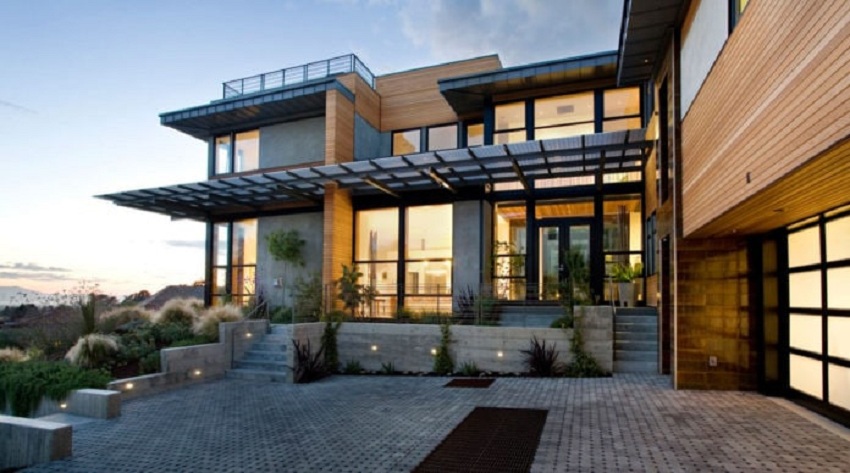Ideally speaking, your house should function as a cohesive unit, and when you take the right steps, you can save money and ensure that this is happening in real time. To make your home more energy-efficient, begin by focusing on the windows, doors, wall and attic. After that, concentrate on your home’s lighting, heating system, cooling system and appliances.
Upgrade to Energy Efficient Windows
If the windows in your home are old and cause drafts, you can make them more energy-efficient by using storm windows and weather stripping, or purchasing ones that are more up-to-date. This will enable you to save on your air-conditioning and heating expenses, especially if you decide to replace single-glazed windows. Upgrading to Energy Star windows will prove to be economical and you will feel the difference as well.
Make Sure Your Home is Properly Insulated
Using effective insulation in the walls and attic of your home will help control the heat that flows in during the summer months or escapes during the winter. If the walls have no insulation and the wall cavities are relatively continuous, blown-in insulation will do its share in making your house more energy-efficient. In addition, if you have an unfinished attic, give some thought to upgrading its insulation.
Check Your Furnace
Note that if your furnace has a standing pilot and is more than 20 years old, it may soon become unusable and you could be wasting about 35 percent of the fuel you are paying for. Generally speaking, the American Council for an Energy-Efficient Economy (ACEEE) suggests updating with a condensing furnace that has a minimum efficiency rate of 90 percent to reduce your heating bill.
Update Your Water Heater
If your home has hot-water heat distribution and a boiler, you will want to install one of today’s boilers that have either outdoor reset or modern feedback controls. In this case, the savings can be impressive because this will enable you to lower the circulating loop temperature on a virtual 24/ basis. Begin by reducing the water heater’s temperature to 120°F. Then, be sure to insulate the hot water lines to prevent them from cooling off too quickly when they are not in use, and install low-flow fixtures for your showers and bath tubs for additional savings.
Consult With a Professional
Consult with an energy auditor or rater as part of your plan. This professional will have the expertise and the special tools needed to determine the most economical steps you can take to make your home more comfortable and energy-efficient and the order in which they should be done.



